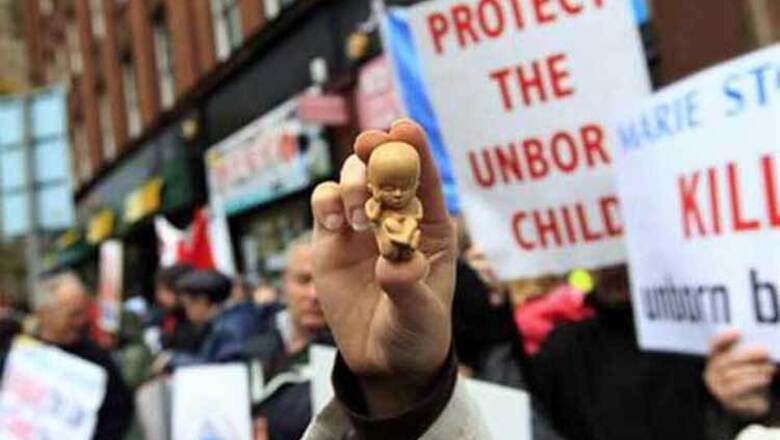
views
While the United Nations Population Fund (UNFPA) has estimated that there would be nearly 117 million more women in Asia alone if gender preference was not in place, an SBS Radio investigation into pre natal sex selection has uncovered statistics suggesting that certain ethnic communities in Australia may be aborting female foetuses in order to prioritise the birth of boys.
The reports states that some members of Australia’s Chinese and Indian communities may be engaging in sex selective abortions which lead to an estimated 1,395 fewer females born to Indian and Chinese families in Australia between 2003 and 2013.
SBS Radio data indicates an unusually high number of males born to Australian parents who were both born in either China or both born in India, far exceeding the norm, with
- 109.5 males born for every 100 females with Chinese born parents
- 108.2 males born for every 100 females with Indian born parents.
The figures represent a significant deviation from the norm when considering the standard biological sex birth ratio at birth ranges from 102 to 106 males for every 100 females born. In the same period, in all Australia, there were 105.7 males born for every 100 females born.
Macquarie University Associate Professor in Demography Dr Nick Parr said, “This indicates that there is a preference for sons amongst some members of the China born and India born communities and that there is some form of pre-natal intervention to ensure that there are sons that are born as opposed to daughters... In my opinion the most plausible explanation is that there is sex-selective abortion occurring.”
Dr Christophe Guilmoto, a Demographer at the French Research Institute for Development in Paris and one of the authors of the 2012 United Nations Population Fund (UNFPA) report on sex selection in Asia, also said,
“I think there is no other explanation. Once we have run statistical test on this data and they show that the gap between the sex ratio at birth among these two communities…is not random, then we know there is something. There are very few ways to influence the sex of your child so the most common is to resort to sex selective abortion.”














Comments
0 comment